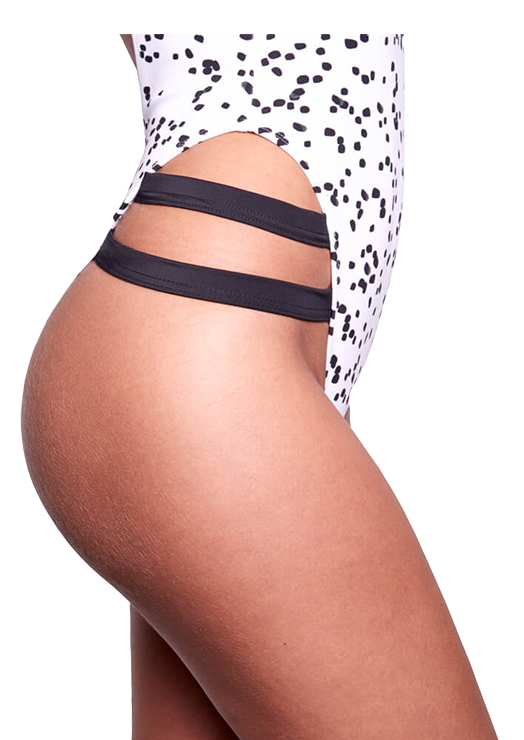Liposuction MediConsults
Liposuction is a surgical procedure that uses a suction technique to remove fat from specific areas of the body, such as the abdomen, hips, thighs, buttocks, arms or neck. Liposuction also shapes (contours) these areas. Other names for liposuction include lipoplasty and body contouring. Liposuction is used to remove fat from areas of the body that haven’t responded to diet and exercise, such as the:
- Abdome
- Upper arms
- Buttocks
- Calves and ankles
- Chest and back
- Hips and thighs
- Chin and neck

Abdominoplasty MediConsults
Abdominoplasty is a surgical procedure that involves removing excess skin and subcutaneous fat in the anterior abdominal wall with muscle strengthening. This surgery is not a surgical treatment of obesity. Overweight patients who are planning to lose weight must delay all surgical procedures to shape the body until they reach the desired weight they can maintain.
The technique, the operative approaches and the intervention itself are planned for each patient individually.
It is of the utmost importance that at the first examination it is clearly determined how much skin and subcutaneous adipose tissue should be diagnosed, to identify the potential existence of loosening of the abdominal wall muscles and umbilical and / or ventral hernia.
Belly skin tension surgery can be performed alone or together with another elective intervention, most often liposuction and narrowing of the skin of other parts of the body.

Gluteus enlargement MediConsults
The buttocks increase (gluteoplasty) is a surgical enlargement of the buttocks with prostheses and / or their own adipose tissue, which is indicated in a number of situations:
- in order to aesthetically enhance the contours of the body in people who are for personal reasons dissatisfied with the shape, size or lowered position of the buttocks
- Correction of tissue loss and buttock volume after pregnancy or massive weight loss
- correction of the expressed asymmetry of the body (innate or acquired)
- Replacement of the prosthesis for functional or aesthetic reasons
Scar tissue removal MediConsults
The skin is an organ that protects our bodies from infection. Throughout our lives, we have experiences that injure our skin, leaving behind a scar.
Main types of scars are:
- Hypertrophic scars: These are red scars that rise above the skin. They do not spread beyond the spot where the injury occurred. Possible treatments include steroid injections and laser surgery.
- Keloids: These scars jut out from the skin and spread beyond the spot where the injury occurred. They are caused by the overproduction of certain cells. Over time, keloids may affect mobility (ability to move). Possible treatments include surgery, laser surgery, radiation, or steroid injections. Smaller keloids can be removed with cryotherapy (freezing therapy using liquid nitrogen). You can also prevent keloids by using pressure treatment, silicone gel. Keloids are more common in darker skin types, specifically people of African or Asian descent.
- Contracture scars: These scars typically occur after the skin is burned. They cause tightening (contracting) of the skin that can reduce the ability to move. This type of scar can go into muscles and nerves.
- Acne scars: Any type of acne can leave behind scars. There are many types of acne scars, and they can be shallow or quite deep. Treatment depends on the type of scars.
Treatment:
- Surgery: There are many options under this category, including skin grafts, excision (removal), or laser surgery. Many scars fade and become less noticeable over time.
- Injections: In the case of protruding scars such as keloids or hypertrophic scars, doctor may choose to use steroid injections to flatten the scars. Such injections can be used as a stand-alone treatment, or in combination with other treatments.
- Laser surgery: Vascular (blood vessel)-specific lasers may be used to lighten flat or raised scars that are pink to purple in color. Vascular laser treatment may also help flatten raised scars. A carbon dioxide ablative laser can also be used to treat different types of scars.